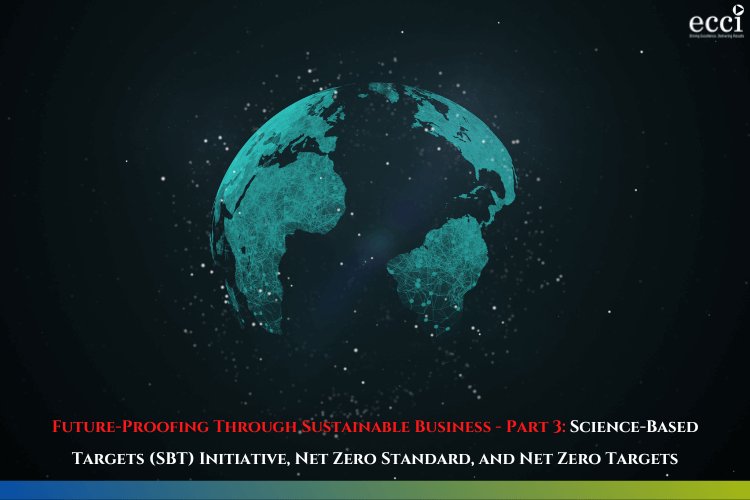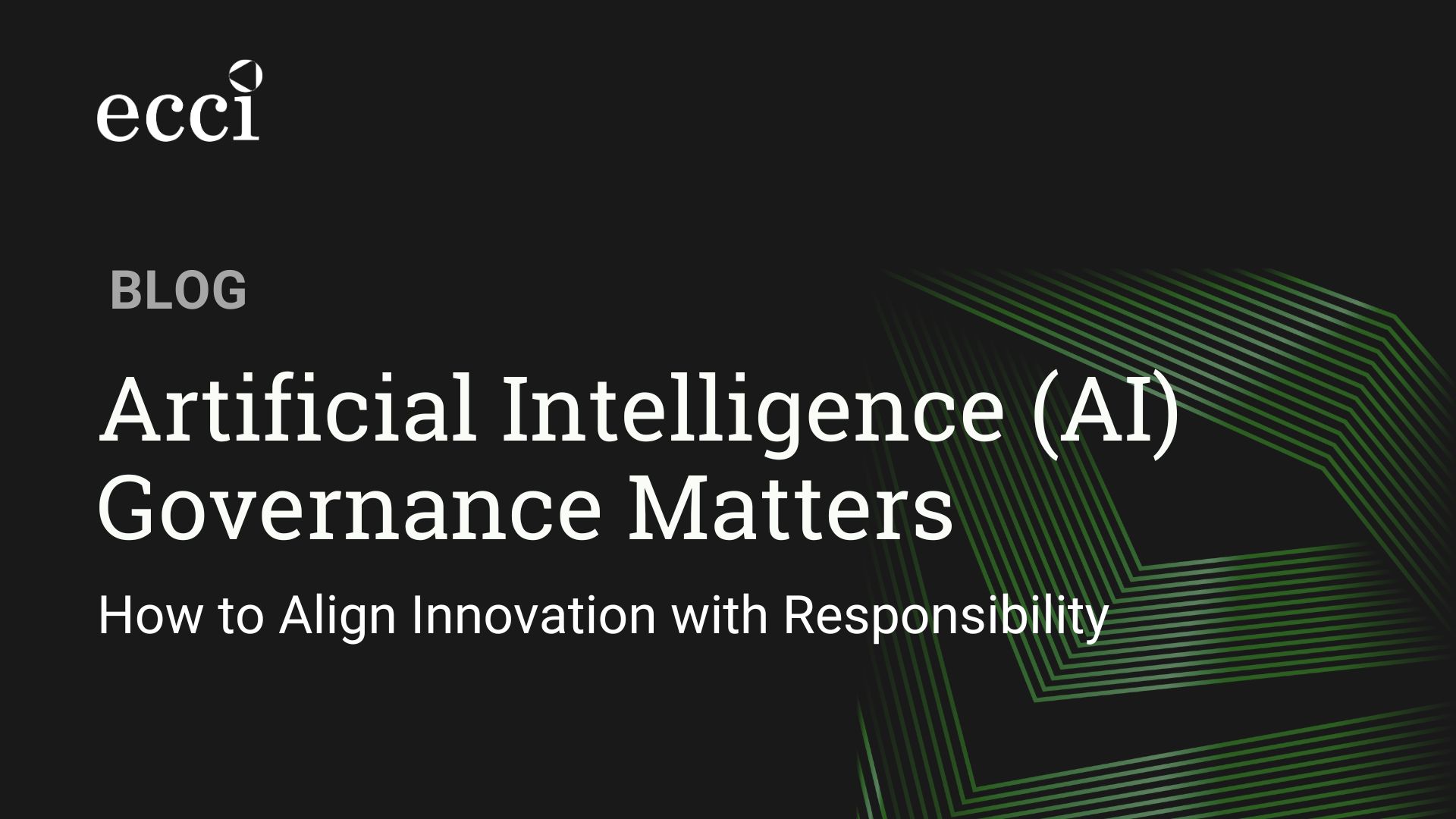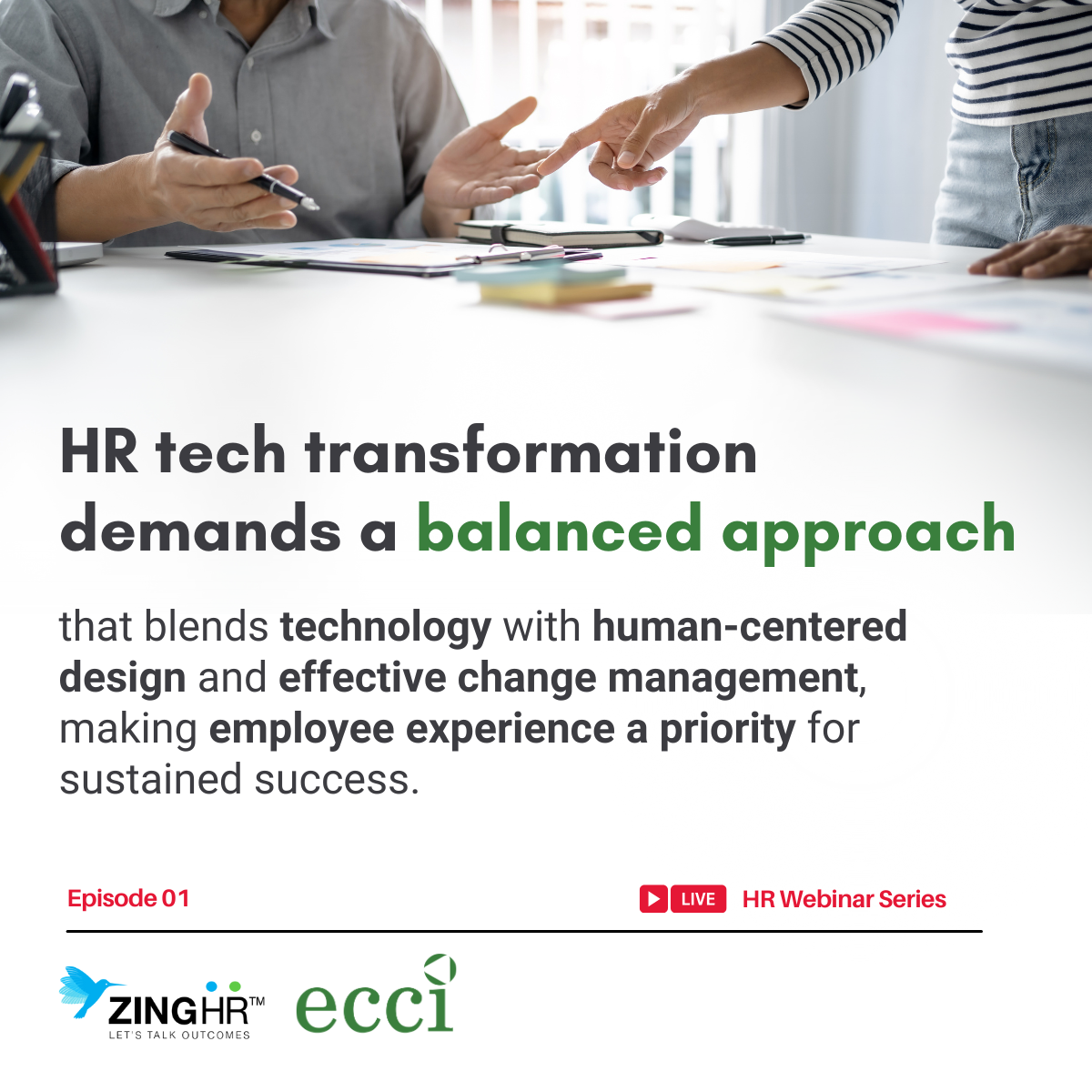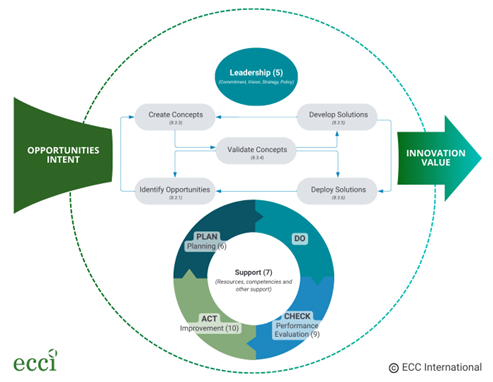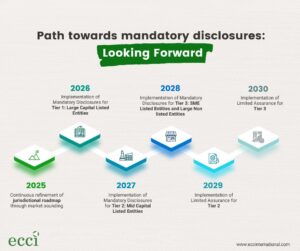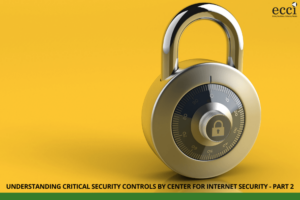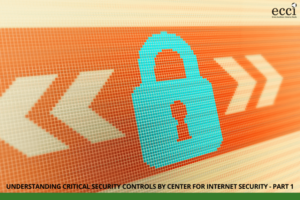With the reality of climate change becoming clearer, more and more actors are joining the fight against it – national governments, the private sector, and nonprofits. They’re setting goals to balance the emissions they create by reducing them or finding ways to capture them.
These goals, called Net Zero Targets, show that businesses are taking action to help the planet. By doing things like using cleaner energy and being more careful with resources, companies are making a positive impact on the environment while also ensuring their own success.
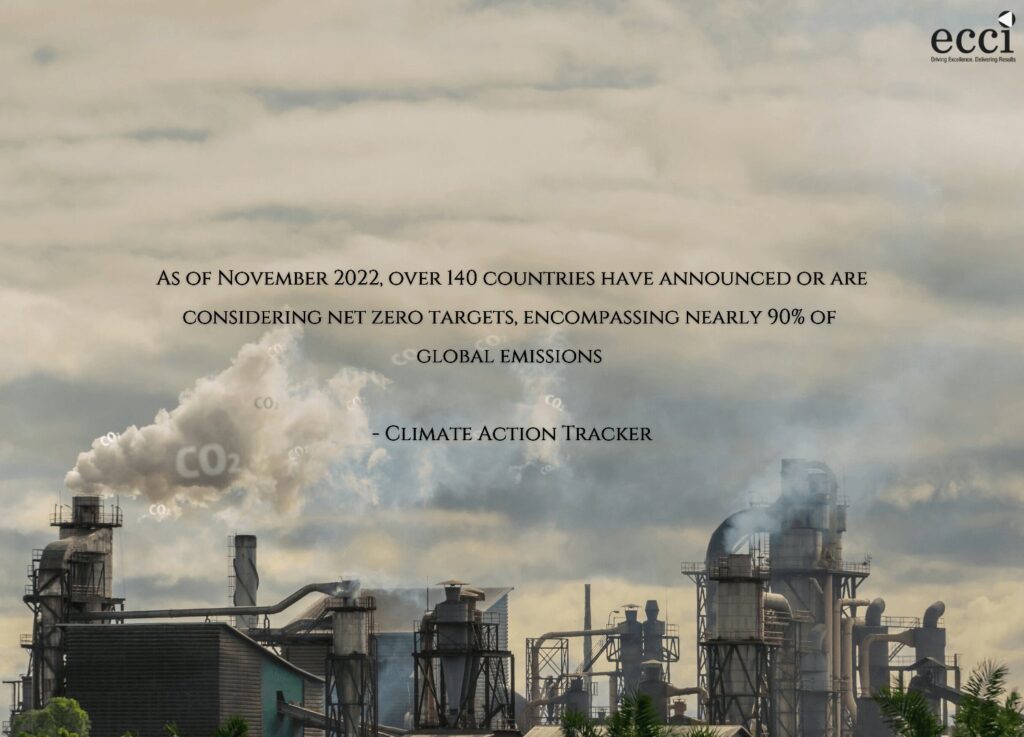
But how can organizations make sure that they are making meaningful contributions to the fight against climate change? How can they ensure that they’re actually doing something that is helping our climate recover in the long run? You make your emission reduction targets science-based, and this is where Science-Based Target (SBT) comes into play.
So, what exactly does Science-Based Target mean?
In this blog post, we will discuss the net-zero standards, net-zero targets, science-based targets, and how to get started on the SBT path. Ready to dive in? Let’s go!
What is Net Zero Standard?
Net Zero Standard is a comprehensive and actionable framework that guides organizations toward the critical goal of achieving net-zero emissions.
The Science Based Target Initiative’s (SBTi) Corporate Net-Zero Standard is the world’s first and only framework for setting corporate net-zero targets in line with the 2015 Paris Agreement’s goal of limiting global temperature rise to 1.5°C.
It provides the guidance, criteria, and recommendations organizations require to establish science-based net-zero targets in alignment with the aim of limiting global warming at this critical threshold. It provides companies with clarity and assurance that their short-term and long-term emission reduction plans are aligned with the latest climate science.
To understand this standard in-depth, you can refer to the SBTi’s official Net Zero Standard document.
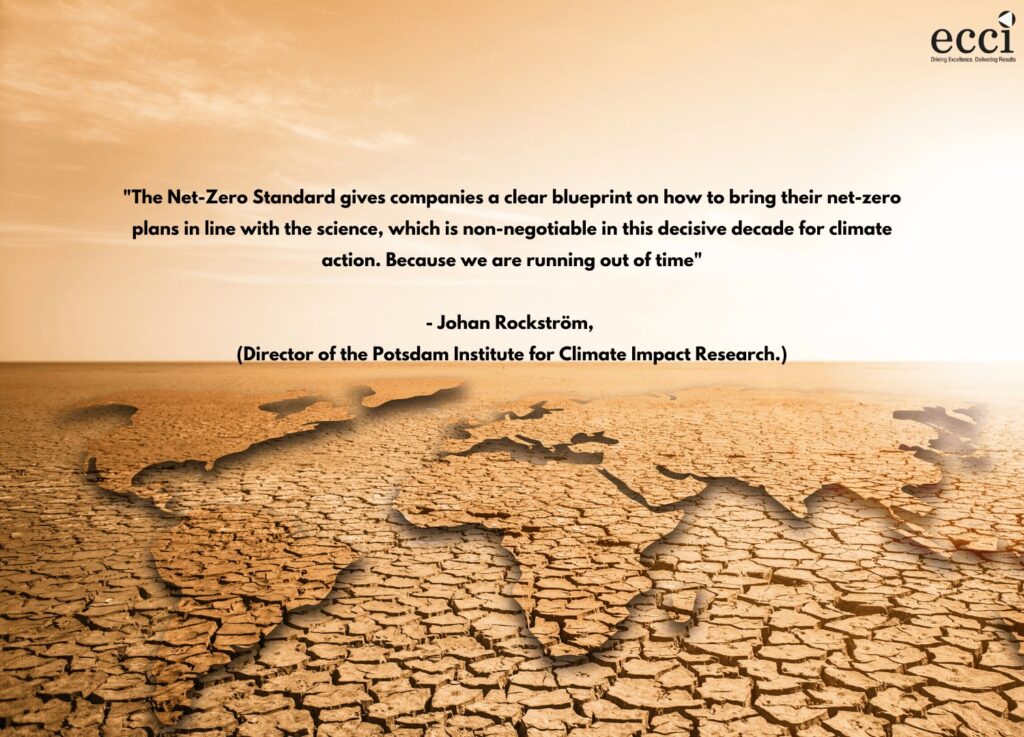
Understanding the basics of Net Zero Target
A Net Zero Target refers to a specific goal or commitment set by an organization to achieve net-zero emissions within a certain timeframe. It represents a quantifiable and time-bound objective that outlines the intention of a company to balance the amount of greenhouse gases (GHGs) it emits with an equal amount that is removed from the atmosphere.
The Net Zero Target is a clear statement of intent that guides an organization’s efforts and actions toward reducing its carbon footprint and ultimately achieving a state of carbon neutrality.
The target may include both direct emissions from the organization’s operations and indirect emissions from its value chain.
The urgency of the climate change crisis necessitates that organizations not only recognize the need for change but also act swiftly to minimize their environmental impact. By establishing a clear and defined deadline, a Net Zero Target compels companies to implement actionable measures promptly, driving a sense of urgency and focus that aligns with the rapid pace of climate transformation.
Moreover, a well-defined time frame allows stakeholders, from customers to investors, to gauge the seriousness of an organization’s commitment and the trajectory of its progress toward a carbon-neutral future. Learn more about net zero and the terminology around it here.
The science behind Science-Based Target
A Science-Based Target (SBT) is a specific emissions reduction target that is set by an organization in alignment with scientific recommendations to mitigate climate change. Targets are considered ‘science-based’ when they align with the latest climate science, adhering to the goal of the Paris Agreement, which is to limit the global rise of temperature to 1.5°C above pre-industrial levels.
SBTs are credible and legitimate tools for businesses to effectively contribute to addressing climate change. SBTs offer companies a clear roadmap, guiding them on how much and how quickly they should reduce their GHG emissions to avert the most severe consequences of climate change, steering them toward decarbonization.
The process of establishing SBTs is grounded in credible and verified scientific research. It involves analyzing climate data, projections, and models to determine the level of emission reductions required to limit global temperature rise to specific targets, such as the Paris Agreement 1.5°C target.
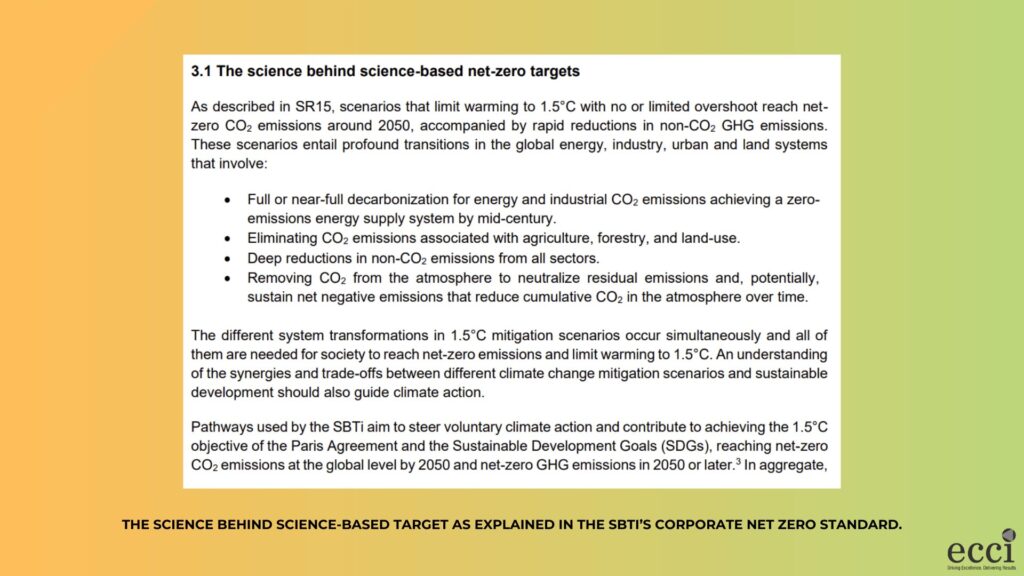
The SBTs must account for both Scope 1 and Scope 2 emissions, following the Greenhouse Gas Protocol Standard. Additionally, if a company’s Scope 3 emissions constitute over 40 percent of its total Scope 1, 2 & 3 emissions, the targets must encompass Scope 3 as well.
If a company wants to determine if its target is science-based, it can make a submission to the SBTi. The SBTi’s team will then review the company’s submission, validate it against their science-based criteria and communicate their decision and detailed feedback.
How to get started on the SBT path
If your organization is considering setting science-based targets, we recommend following these steps:
Step #1: Assessing your baseline emissions
The first stride on the SBT journey involves a comprehensive analysis of your organization’s emissions landscape. This entails quantifying greenhouse gas emissions across your operations, supply chain, and other relevant sources. By understanding the full scope of your carbon footprint, you lay the groundwork for setting meaningful and achievable emission reduction targets.
Step #2: Setting ambitious yet attainable targets
Armed with a clear understanding of your emissions profile, the next phase entails setting science-based targets. By definition, science-based targets are guided by climate science and are designed to align with global climate goals. Collaborate with experts, refer to established methodologies, and consider the nuances of your industry to define targets that are both ambitious and feasible.
Step #3: Making a formal SBT commitment
The third step is to register your organization with SBTi and submit a commitment letter to acknowledge your company’s dedication to aligning its emissions reduction goals to the Paris Agreement 1.5°C target. Subsequently, your company’s inclusion on the SBT website and partner platforms, including CDP and We Mean Business, solidifies your commitment. You will have a window of 2 years (24 months) following the receipt of your commitment letter to conclude the remaining steps and formally declare your public SBT. This period also provides you an opportunity to refine your emissions baselines and optimal target.
Once your SBT is ready, proceed to submit it to SBTi for a rigorous peer review and validation process against their established criteria. To ensure a comprehensive assessment, SBTi suggests submitting your target within 16 months of your initial commitment, granting ample time for a thorough review, constructive feedback, and potential enhancements.
Step #4: Target announcement communications
Following the approval of your SBT by SBTi, it is essential for your company to publicly declare its commitment within a span of 6 months. The approach you adopt for this announcement, tailored to your corporate communications strategy, rests in your hands. However, it is crucial to ensure that your newly established SBT is effectively communicated to all significant stakeholders, fostering a clear and comprehensive understanding of your dedication to sustainable practices.
Step #5: Continue your emission reduction efforts and track your progress
After you have finalized and announced your SBT, the next step is to continue your decarbonization efforts to reach your target. You should also monitor your carbon accounting and track your emissions reduction progress along the way to ensure your company is on track to meet its commitment.
Formal SBTs entail continuous tracking and reporting of your set target over time. Moreover, communicating Environmental, Social, and Governance (ESG) disclosures through CDP, annual reports, sustainability reports, your company’s official website, and other relevant communication platforms remains integral to this process.
Final words
Time is slipping through our fingers, and the urgency of climate action has never been more pressing. Every passing moment is an opportunity to make a difference, and companies must act now to embrace Science-Based Targets as a catalyst for transformative change. Delaying action only deepens the challenges we face and limits the scope of our impact. Moreover, embracing SBTs is not just a moral imperative; it also makes good business sense, driving innovation, resilience, and long-term success.
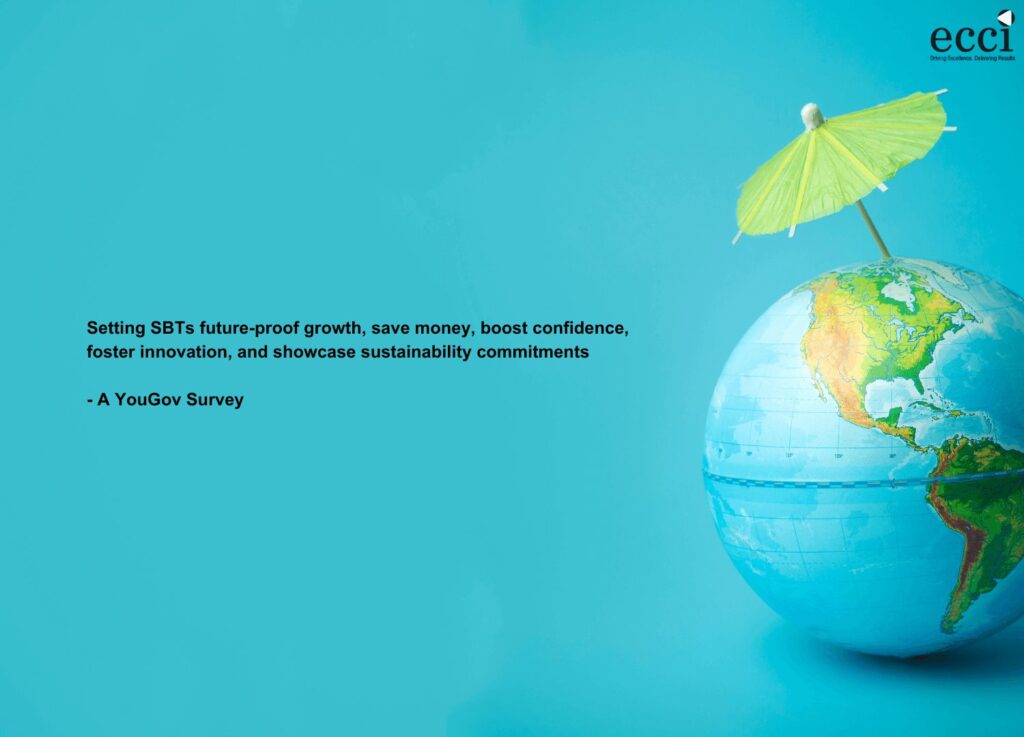
So, let us seize this moment and embark on a journey that leads to a thriving, resilient, and sustainable future!
Stay tuned for the 4th & final part of this blog series, “Future-proofing through Sustainable business – Part 4: Accounting for your GHG emissions – The What and How!”.
Are you intrigued by the concept of SBTs and want to learn more? The UN Global Compact Academy offers an informative free E-learning course on SBTs that breaks down the complexities surrounding SBTs, introduces the initiative, and highlights the benefits of implementing SBTs. Designed to guide you through the process of setting SBTs for a net-zero future, the course provides invaluable insights and perspectives from other companies. You can elevate your understanding and contribute to sustainable change – all through this accessible e-learning opportunity. Visit the UN Global Compact’s website to learn more.
If you need assistance in taking proactive steps toward sustainability and becoming a carbon-neutral organization, reach out to us at ECCI today! Our team of experts can help by identifying carbon emissions sources, conducting carbon footprint assessments based on ISO 14064 (GHG Emissions) standards, and determining potential areas of emission reduction in your organization. Visit our webpage for more information on how we can help you.

